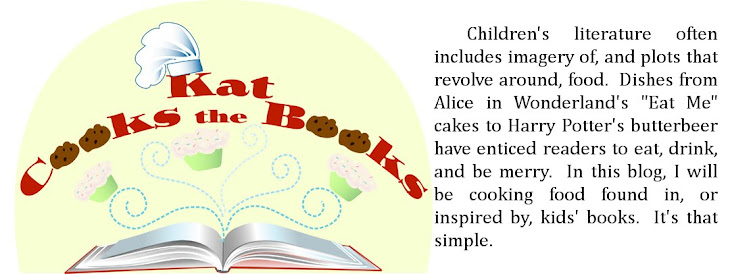First, the bad news. I was not, as I hoped, able to make sufganiot today. This is my own fault, because I neglected to realize that the dough needs time to rise, and there just wasn't time to make them. I'm sorry. I will write about Hanukkah Moon shortly, however, and again I will try to make them at some point, though it's already past Hanukkah for the year. I'd promise, but my promises don't seem to make it to the end lately, and I do hate breaking promises (though I don't do it intentionally).
Now, the good news. Guest Chef Theone, the one who helped with the potato latkes, has made us something very very special today. I'm talking, of course, about a Christmas tradition that I've never actually taken part in - roasting chestnuts. You can read about the joys of roasted chestnuts in Dickens' A Christmas Carol (in the scene where Tiny Tim says, "God bless us, every one!"), but I know that's not exactly children's fare, so! I'm going musical today, instead.
In 1944, Mel Torme and Bob Wells wrote "The Christmas Song" during the hot hot summer months. The story goes that Mr. Wells was trying to think cold thoughts in the hot days, and had written down "chestnuts roasting... jack frost nipping... yuletide carols... folks dress up like Eskimos" in a notebook near his piano. When Mr. Torme saw this, he suggested they turn it into a song, which we all know and love today. You know, the one that starts out, "Chestnuts roasting on an open fire! Jack Frost nipping at your nose..." The one that I have heard at least twice on television commercials from the other room while I'm typing this up for you.
Well, Theone may have been influenced by Dickens, or perhaps she liked the song a lot, or maybe her mother used to make them when she was a child (I'll have to ask), but in any case, she made us some awesome chestnuts! Since I can't explain things as well as she, who does this every year, can, I'm going to quote for you. Until you see the **below, these words (and pictures) are Theone's.
Chestnuts Roasting
Most American recipes use the boiling method & that's just foolishness. This is the British/English method.
Please stress to your readers that:
1. Sharp knives are involved, so this is not a good recipe for kids to be involved with. Ever.
2. Chestnuts have a slight anesthetic quality, so it's necessary to exercise good safety precautions (otherwise it's entirely possible to grab the corner of a hot cookie sheet & not realize it, thus resulting in painful burns while saying, "my god, i didn't feel a thing")
3. You *WILL* stab yourself, so remember to be up on your tetanus shots & practice good wound care. Also, go slowly.
4. If you do not cut an "x" into a chestnut, it will explode. Seriously. Kapow. The skins are pretty thin, so there's no excuse to be lazy.
Roasted Chestnuts
1. Preheat oven to 400 degrees Fahrenheit.
2. Place chestnut, flat side down on a stable cutting surface.
3. With a small, sharp knife (preferably with a blunt/broken tip), cut a large "x" into the curvy side of the chestnut. The bigger the "x", the easier it will be to peel later on. Repeat for all chestnuts.
4. Place cut side up on a cookie sheet or cast-iron pan & roast for 10-30 minutes. Cooking time will depend on the size & age of the nuts. Nuts will be done when the nut-meat is soft and the "x" has peeled back.
5. When warm, peel.
** Thank you, Theone!!! Again, you are awesome.
And P.S.! Let's all give a huge congratulations to Theone, who has just earned her Master's Degree in Library and Information Science (the same one I'm working on, but she did it faster.) CONGRATULATIONS, THEONE!!!!!!
And P.S.! Let's all give a huge congratulations to Theone, who has just earned her Master's Degree in Library and Information Science (the same one I'm working on, but she did it faster.) CONGRATULATIONS, THEONE!!!!!!
.jpg)


























